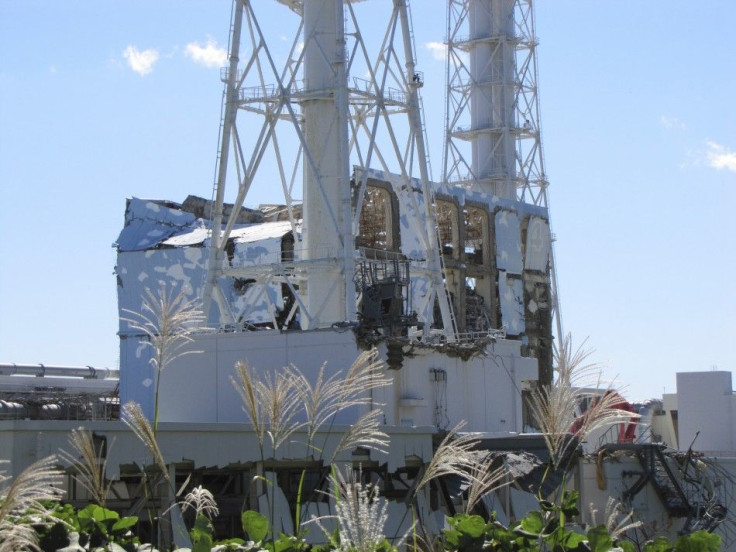Radioactive Xenon Detected at Fukushima Nuclear Plant

Signs of nuclear fission at the crippled Fukushima atomic power plant have been discovered, raising the risk of increased radiation emissions, officials said Wednesday, suggesting one of its reactors might have a new problem.
Officials from the Tokyo Electric Power Co., or TEPCO (which operates the plant), acknowledged that they had detected signs of the gas xenon, the potential by-product of a nuclear reaction, the Los Angeles Times reported.
Boric acid was injected through a cooling pipe as a precautionary measure because it can counteract nuclear reactions. The Fukushima Daiichi plant was damaged during the massive tsunami triggered by a March 11 earthquake that struck the coastal region several hundred miles northeast of Tokyo.
However, TEPCO officials said there was no rise in the reactor's temperature, pressure, or radiation levels.
We have confirmed that the reactor is stable, and we don't believe this will have any impact on our future work, TEPCO spokesman Osamu Yokokura said.
The detection of gas is not believed to indicate a significant problem, but it is still being investigated, Hiroyuki Imari, a spokesman with the Japanese Nuclear Industrial Safety Agency said.
The plant is the site of the worst nuclear disaster since Chernobyl in 1986. TEPCO reported progress toward stabilizing the facility, saying that it has essentially reached a cold shutdown, which means the temperatures at the reactors are constant and controlled.
Still, a Japanese government panel says it will take at least 30 years to safely decommission the facility.
© Copyright IBTimes 2025. All rights reserved.





















